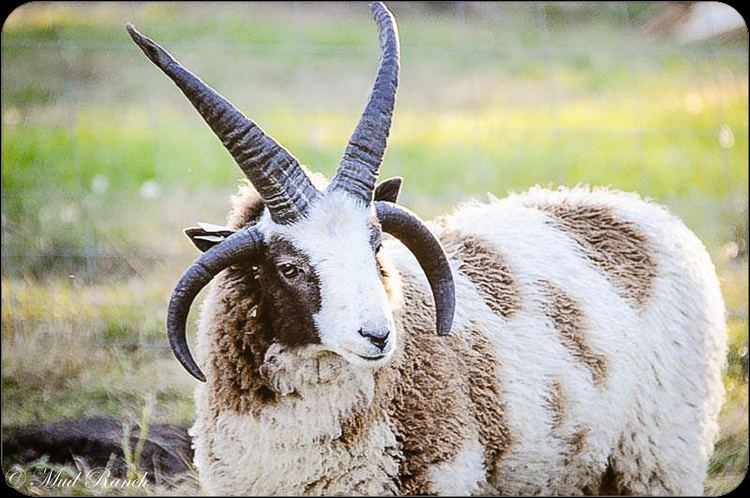When we think of the Viking Age, images of longships, warriors, and rune stones usually come to mind. Yet, the Norse brought more than swords and sagas to the British Isles. Among their lasting legacies is a rare and remarkable animal: the four-horned Viking sheep.
Once widespread across parts of Britain, this unusual breed — known for its multiple horns and hardy nature — nearly vanished in modern times. Now, thanks to the efforts of farmers and conservationists, the sheep are making a comeback, reconnecting us with a living fragment of Viking history.
A Viking Arrival: Sheep of the Norse Settlers
Over a thousand years ago, Norse settlers carried with them animals that could survive in the rugged landscapes of the North Atlantic. Alongside goats, cattle, and hardy ponies came a small, resilient sheep breed with a striking feature: two to four curling horns.
These sheep were more than livestock. To Viking communities, they provided wool, milk, and meat — essential resources for survival. Their ability to thrive in harsh, windswept environments made them ideal companions for Norse expansion into Britain, Scotland, and the surrounding islands.
Over time, the sheep became woven into the agricultural fabric of certain regions, particularly in places with strong Viking influence.
The Sheep with Four Horns
Unlike modern commercial breeds, the Viking sheep retained their ancient traits. The most spectacular of these is polyceraty — the genetic trait that produces multiple horns. Some individuals grow two, others four, and occasionally even six.
Their appearance is striking: black or mottled wool, a leaner frame than modern breeds, and horns that twist skyward like natural crowns. To early farmers, these sheep weren’t just practical; they were symbols of resilience and perhaps even prestige.
Today, their closest descendants in Britain are linked to breeds such as the Manx Loaghtan of the Isle of Man and the Hebridean sheep of Scotland — both considered living relics of Viking husbandry.
Near Extinction and Revival
By the 19th and 20th centuries, industrial farming and the rise of modern commercial sheep breeds pushed the Viking sheep to the edge of extinction. Their slow growth rate and smaller size made them less profitable than modern breeds bred for mass wool and meat production.
At one point, only a handful of small flocks survived — some isolated on remote islands, others maintained by passionate breeders. Without these pockets of survival, the ancient sheep might have been lost forever.
In recent decades, however, awareness of their historical and ecological value has grown. Conservation programs and dedicated farmers have been working to revive populations. Today, their numbers are slowly climbing, turning these sheep into a living heritage project.
Why Saving Viking Sheep Matters
Reviving this ancient breed is not just about nostalgia. These sheep hold significance on several levels:
Historical link: They are direct descendants of livestock brought by Viking settlers, a living genetic thread connecting us to the Norse Age.
Biodiversity: Heritage breeds like this preserve genetic diversity that may be useful for future sustainable farming.
Cultural value: They are iconic symbols of Britain’s Viking past, tied to folklore, archaeology, and identity.
Tourism & education: Farms and heritage sites showcasing Viking sheep draw interest from history enthusiasts and visitors eager to experience living history.
A Living Link to the Viking Age
The return of Viking sheep is more than an agricultural success story — it is a reminder of how deeply history is embedded in the landscape around us. Each animal represents a strand of continuity stretching back to the Norse settlers who once sailed across stormy seas with these hardy creatures in tow.
As their numbers grow, so does our connection to a more ancient, resilient way of life. In their curling horns and rugged wool, the Viking sheep carry the memory of an age when longships carved paths across the waves — and the Norse built a legacy that still endures today.










